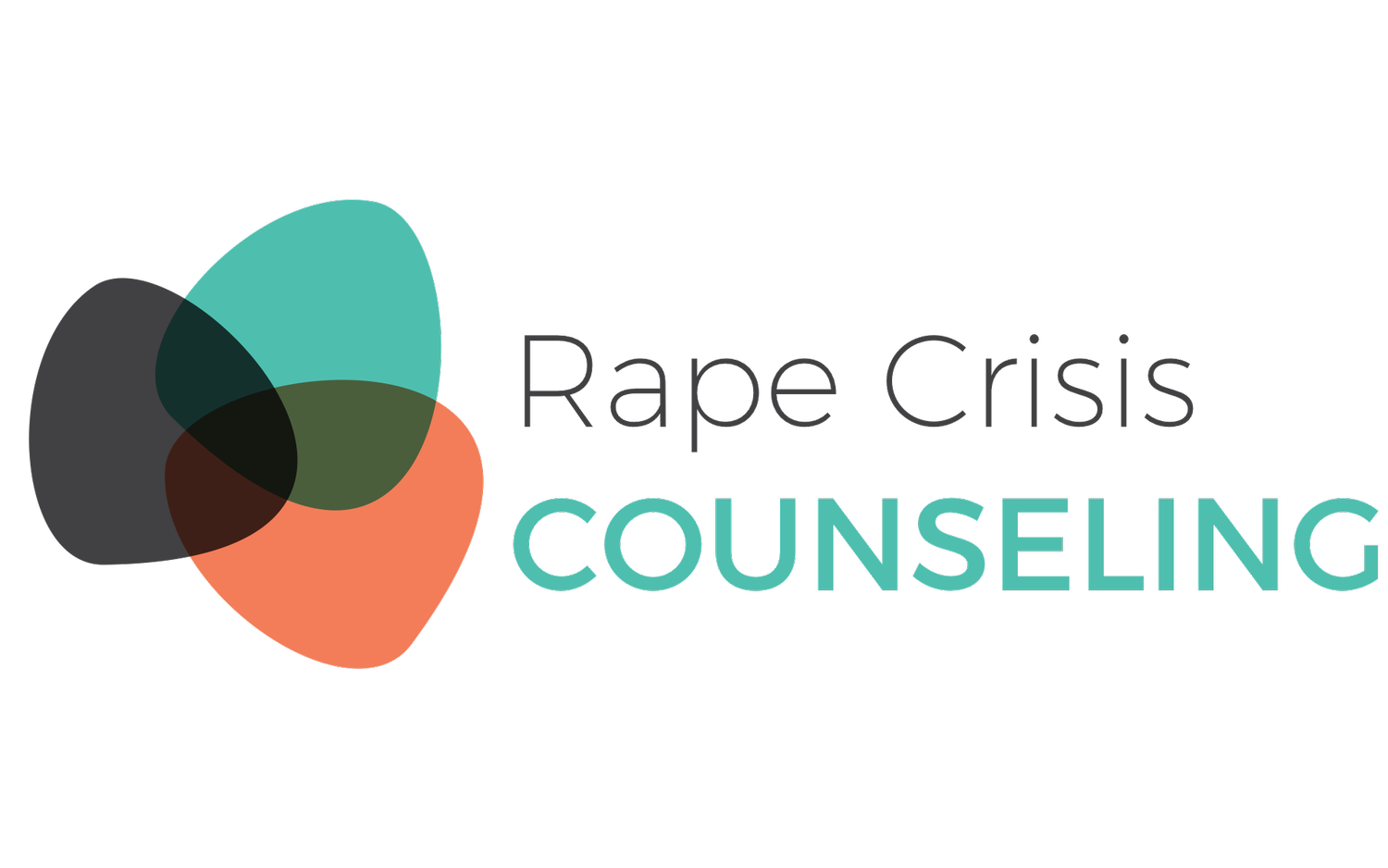5.1 About Safety Planning
The current and long-term safety of survivors of sexual assault and intimate partner violence is a primary concern.
Most perpetrators of sexual assault and intimate partner violence are not strangers; they are known to the survivor and may be their partner.
Survivors are often legitimately afraid of retaliation or further violence for seeking medical treatment or reporting to law enforcement.
This could be violence by the perpetrators themselves or their friends or families.
If the perpetrator is a stranger and they have not been apprehended by law enforcement, the survivor may be afraid of the threat that they pose to themselves or their family members.
Advocates need to know how to work with the survivor to create a safety plan for them to follow after they are discharged from the health center.
A safety plan is a personalized, practical plan that includes ways to remain safe, cope with emotions, tell friends and family about the assault, take legal action and more.
The emotional safety of the survivor is as important to address as their physical safety.
Creating a safety plan means brainstorming, with the survivor, ways for them to stay safe. A safety plan is a living thing that needs to change with time, so it’s important that the survivor makes it their own and updates it as often as they need to.
Working with a survivor to develop a safety plan requires that you actively listen to the survivor, not only to obtain practical information but also to find out how the survivor thinks and feels about the situation. Take into account not just their physical safety but also their emotional and digital safety.
Address the survivor’s needs from their own perspective rather than your own, and get as much input from the survivor as possible.
It’s important for the survivor to find ways to be and feel safe, and safety plans should seek to reduce their risk, never to increase it.
A good safety plan identifies resources to address the survivor’s needs, including decisions about what to do next and plans for what to do in case there is a future incident.
Safety plans also connect the survivor to resources and allow them to make their own decisions about how and when to access them. Remember, advocacy is always about the survivor.
